Check out this DIY faux terracotta red clay pottery, also known as barro rojo.
This earthy tone has always been a classic, but these days it is everywhere! It’s not just about flower pots or dishware. Crafters and creatives are using DIY faux terracotta paint techniques to create the look of red clay pottery on glassware, ornaments, jars, and more. I’ve even seen it painted on plastic terracotta pots, go figure!
Barro Rojo: DIY faux terracotta red clay pottery
I’m always asked – where do you find the perfect craft paint color?
I’m here to serve! If this is your first time mixing paint colors, you’ll love how easy this is.
I recently shared a video of my process and people liked it so much, I knew I had to go deeper with directions.
First of all, let’s pay our respect to barro rojo and learn more about it!
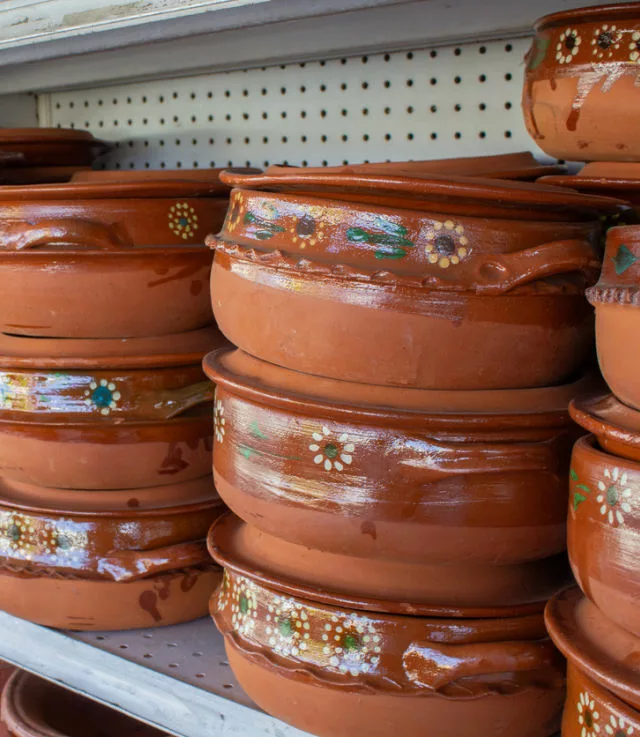
About red clay pottery – barro rojo:
Barro rojo pottery is a traditional Mexican ceramic style. The name “barro rojo” actually means “red clay” in Spanish. There you have it – red clay pottery!
It’s made from a type of clay that has a beautiful, rich red color, which gives the finished pieces a warm and earthy look. Depending on the source, each clay body has a different color. White, grey, even black – barro negro.
One of the coolest things about barro rojo (red clay pottery) is it’s been made the same way for centuries. Artisans use techniques passed down through generations. When you buy a handmade piece, especially from Mexico, it carries generations of skill and passion.
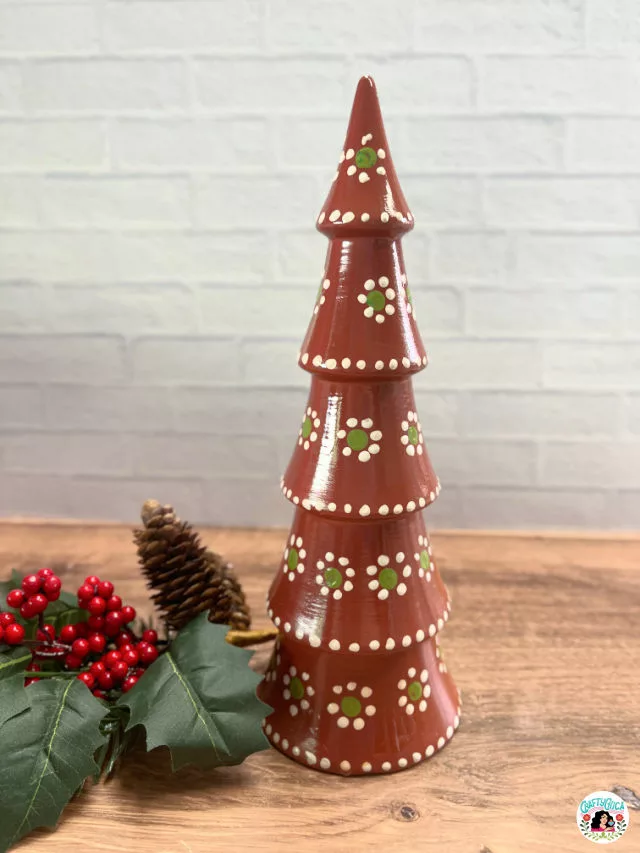
View this post on Instagram
The pottery clay pieces are shaped by hand and fired in wood-burning kilns. The result is a unique, handmade quality you can’t find from mass-produced ceramics.
The designs of red clay pottery are often inspired by nature and the traditions of the indigenous people of Mexico.
You might see pieces decorated with images of animals, plants, or geometric patterns that have special cultural or spiritual significance. Every piece tells a story from the perspective of the artist.
Creating the look of red clay pottery – barro rojo.
Here is the official breakdown. Just so you know!
Method One:
Red: Red is the primary base color for terracotta. It gives the warm, earthy tone that is characteristic of terracotta.
Yellow: Adding a bit of yellow to the red helps create the warm, sun-baked clay look that is typical of terracotta.
White: Incorporating a small amount of white can help to lighten the overall shade, bringing it closer to the lighter, more muted tone of terracotta.
Brown or a dot of black: A touch of brown can be added to deepen and enrich the color, lending it an earthy depth that is often seen in natural terracotta.
Crafty Chica’s method for barro rojo paint color:

Equal parts lime green and bright red. If you want it more red, add a bit more.
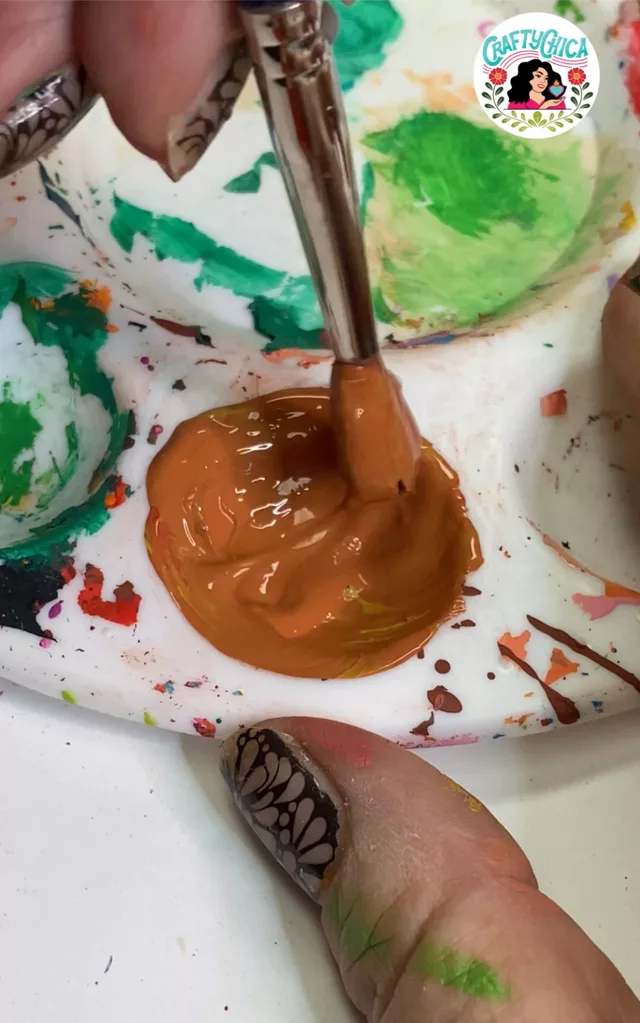
But I use 50/50 and it always comes out – *chef’s kiss*
Once you mixed your colors, use to paint all the things!

Easiest method:
Yes, they sell terracotta as a craft paint. But sometimes (often times) it is sold out, or maybe you don’t have enough. Go for a light brown and add a touch of red. This is why it is good to know how to make it! For fired ceramics, I use Mayco’s color called Basketball. It works great on different pieces of pottery fired in a kiln.

Color theory basics:
It’s rooted in the principles of color theory. The behavior of additive and subtractive color mixing.
In additive color mixing (like light), the primary colors are red, green, and blue (RGB).
When you mix different colors of light, you’re adding their wavelengths together.
In subtractive color mixing (like paint or ink), the primary colors are typically cyan, magenta, and yellow. However, in a more traditional model, which is often taught in schools, the primary colors are red, blue, and yellow.
When you mix different pigments, you’re subtracting (or absorbing) some wavelengths and reflecting others. This is why mixing pigments gives you different results from mixing light.
RELATED: How to Fire Terra Cotta Pots in a Kiln

Why mixing red and green pigments results in brown.
This happens because each pigment absorbs (subtracts) certain wavelengths of light. Red pigment absorbs green and blue light, and green pigment absorbs red and blue light. When mixed, they collectively absorb more colors across the spectrum, and the combination of these absorptions tends to result in brown, a color which can be thought of as a “dark orange” and is often present in nature where multiple pigments are mixed together.
Brown is essentially a darker version of orange. In the RGB color model, mixing red and green makes yellow, and adding blue (the complementary color of yellow) darkens the mixture, resulting in brown.
But in subtractive mixing, since red and green pigments together absorb wavelengths across most of the spectrum, what’s left is a color that’s dark and has characteristics of both colors, which our eyes perceive as brown.
Okay, this explanation is way simplified, as the exact shade of brown you get from mixing red and green can vary based on the specific shades of red and green used, as well as the medium (paint, ink, etc.), and the proportions of each color.
Remember – to get a reddish brown for your DIY faux terracotta look – go with lime green. It works!
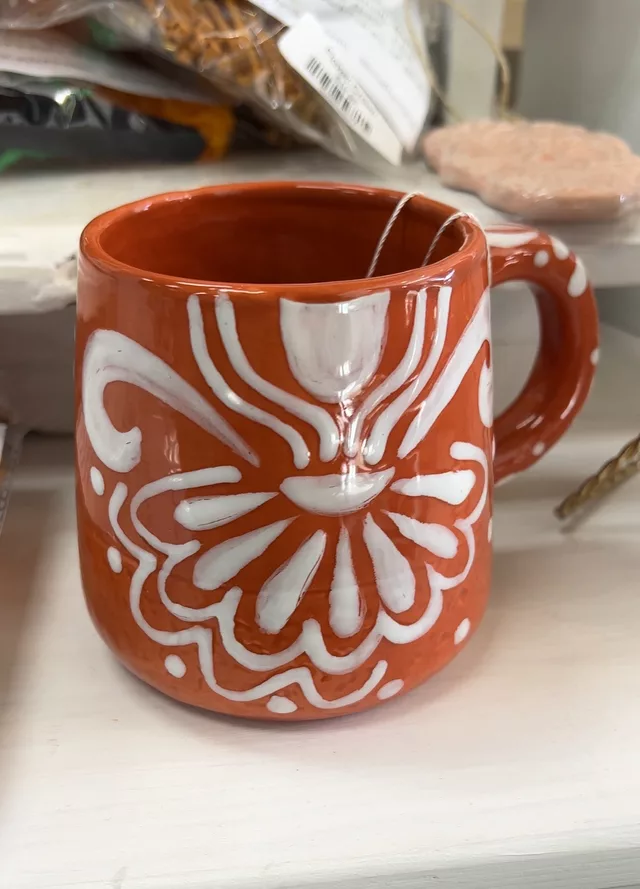
Related: Clay Stamped Boxes(Opens in a new browser tab)
Barro Rojo ideas:
Now that you know the color formula, let’s get into the crafts! To achieve that faux ceramic look, you’ll want to mix one tablespoon of baking soda to one cup of craft paint and mix thoroughly.
Painted wood or ceramic trees
Glass ornaments
Vases
Bottles
Candlesticks
Jars
Anything plastic
Other ideas: Add vivid colors and designs to terracotta or barro rojo for a gorgeous boho look.
Thanks for checking out my article about Barro Rojo: DIY faux terracotta and red clay pottery!


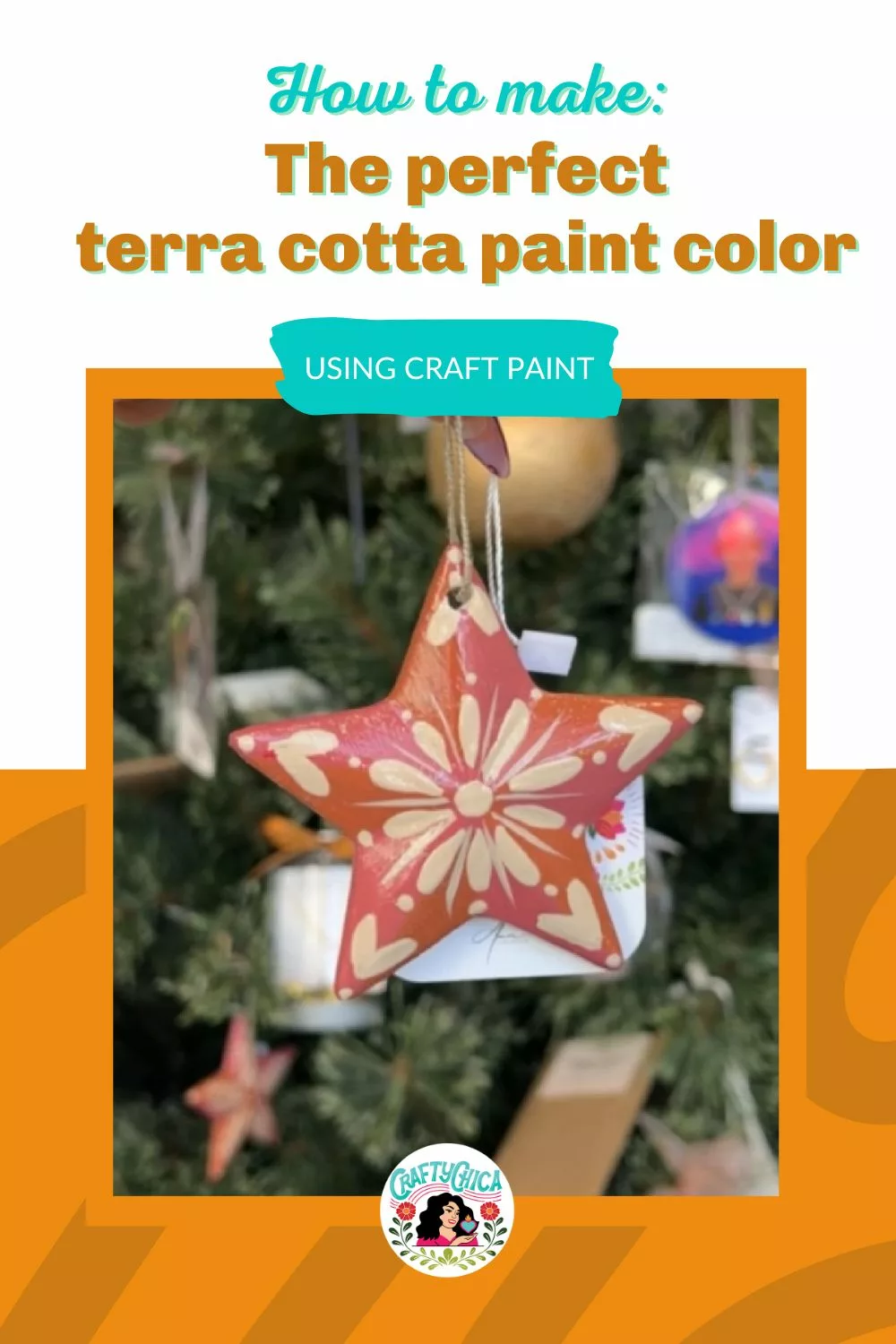
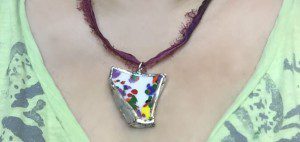
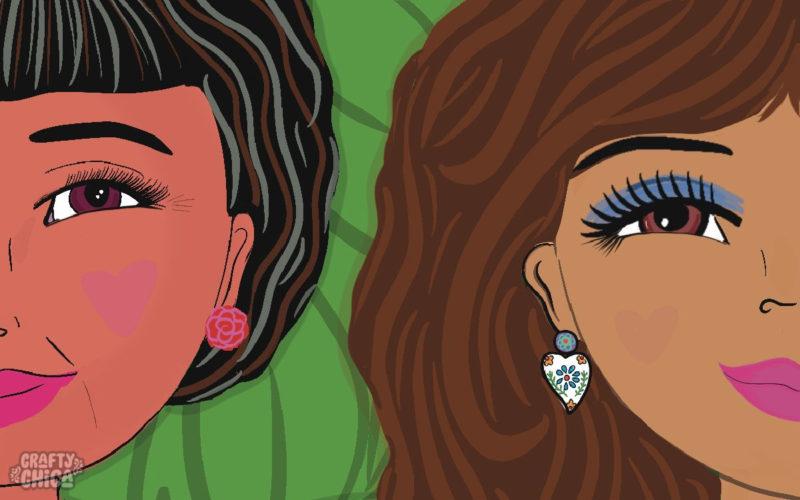
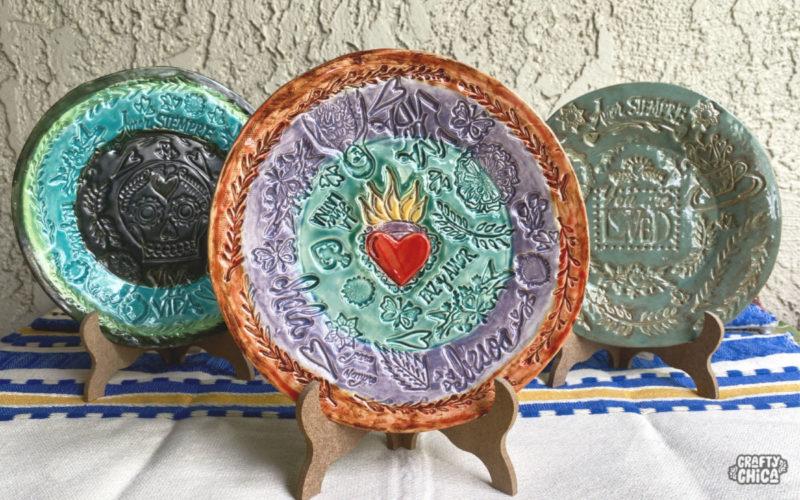

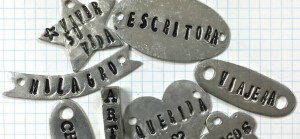

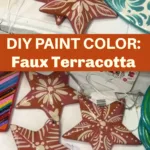
Thank you for all of your wonderful ideas. Feliz Navidad and Merry Christmas!
Thank you for being here!!